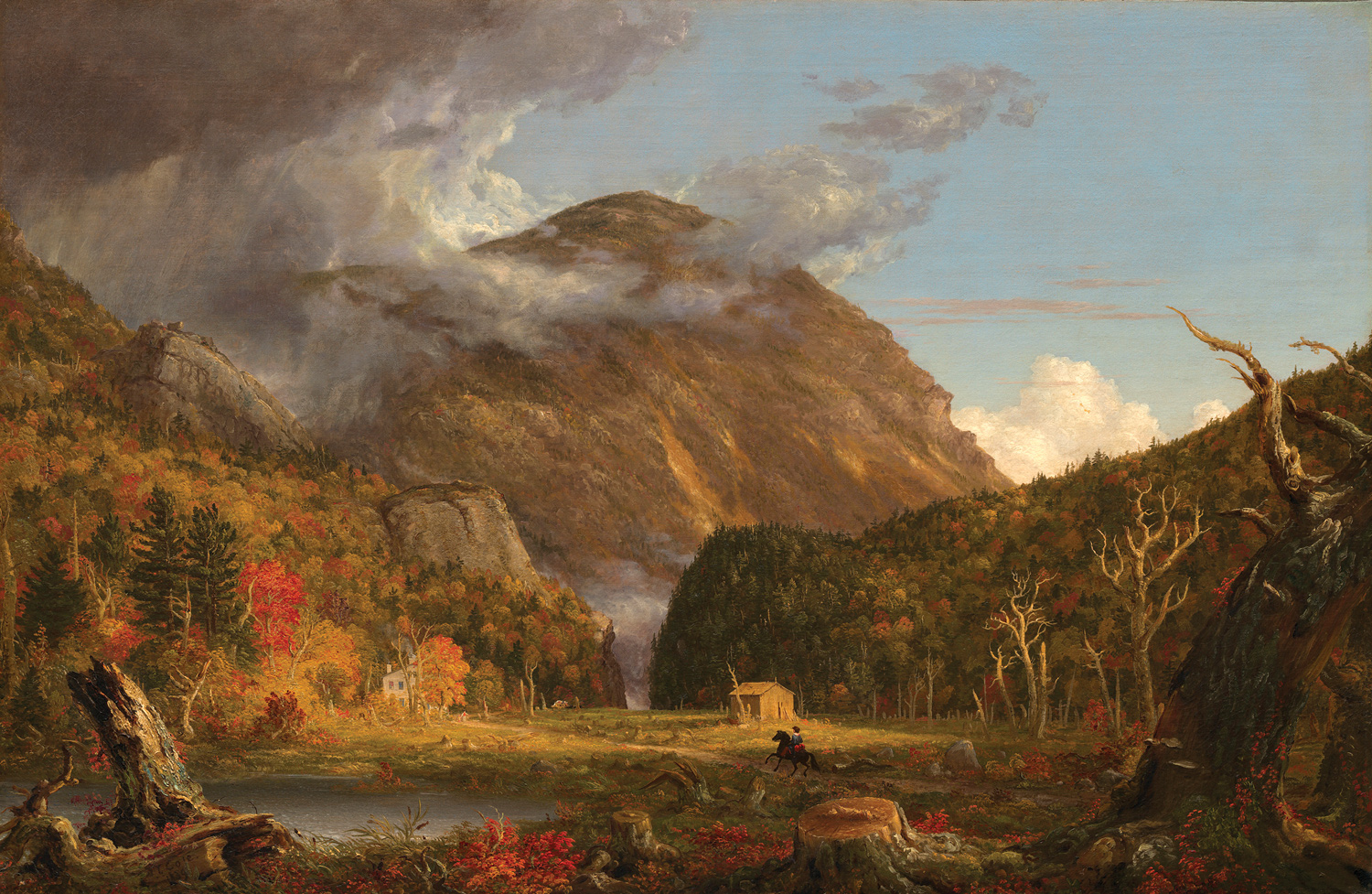Image


Thomas Cole is celebrated as a self-made, self-taught artist who never painted a picture before emigrating from England in 1818 and discovering the glorious American wilderness. But an enduring mystery surrounds his artistry.
You should really subscribe now!
Or login if you already have a subscription.